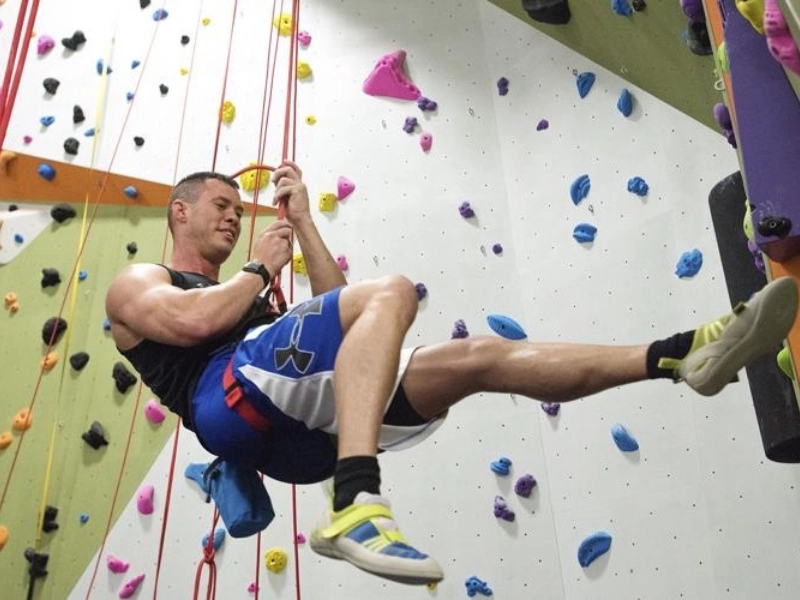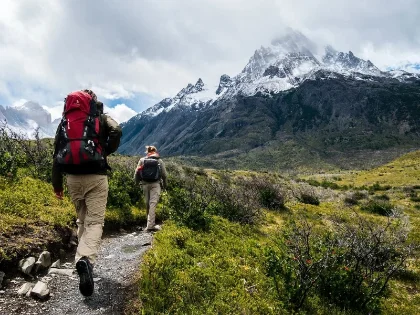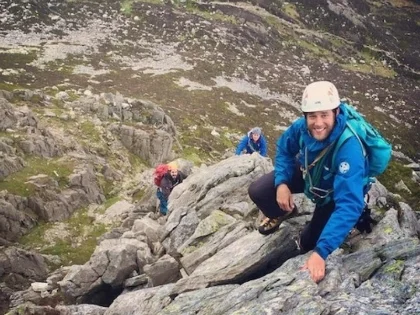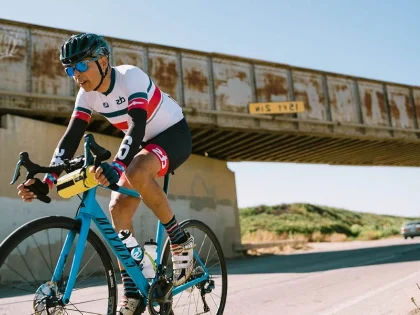Which gender is more skilled at rock climbing?
Rock climbing is an intense activity that calls for strength and balance. It also assesses your capacity for forethought and strategy.
In climbing, women are increasingly competing at an elite level, and the gender gap appears to be closing.
I frequently hear that women's small hands and low center of gravity give them an advantage when climbing, but these aren't always advantages. The most crucial factor is motivation.
Power

Men are stronger than women in general. Their strength-to-weight ratio is higher, and their muscles are bigger. But climbing requires more than simply physical stamina. Additionally, finger and tendon strength are important because a lot of climbing is done at altitudes that can be challenging to access with your arms.
Not to mention that a lot of the hardest climbs call for stamina. They may have overhangs that require you to hold on with your entire body weight, or they may have tiny cracks into which you must fit your entire hand. All of our predecessors acquired the same hand and foot gripping abilities during evolution because they had to be able to climb trees in order to survive.
In spite of this, there seems to be a tiny gender disparity in rock climbing. Men still have an advantage over women on some of the hardest routes and boulders. However, this disparity is closing. Perhaps Janja Garnbret will compete against Adam Ondra on the same problems eventually.
Method

For the most part, climbing at the basic level requires raw force. But as climbers advance, using technique becomes increasingly crucial. A powerful climber who only uses their physical strength can soon get exceedingly tired. Dynamic climbing is the process of learning how to use small holds efficiently and conserve energy for climbers.
A great deal of footwork, including smearing and edging, is needed for this. Longer legs are advantageous in this situation, particularly in terms of reach. However, some boulder problems that demand a lot of static reach—like Yosemite's infamous Drop Knee—can be difficult for even taller climbers to tackle.
For the top climber, endurance is another important factor. Over-50-foot rock climbing routes demand a great level of strength to be maintained over extended periods of time. On a lengthy trip, women can differ from men in their ability to withstand muscle exhaustion. Climbers require not just physical fitness but also a profound comprehension of route reading and the ability to predict obstacles.
Inspiration

Being self-motivated to push yourself on the rock and in the gym has many benefits. An excellent climber is someone who puts in a lot of time and effort and perseveres through plateaus.
Furthermore, women have been discovered to be able to withstand muscle exhaustion longer than men, which enables them to exert greater effort for longer periods of time. This is because climbing demands endurance. They have an advantage over men because of this on harder routes, particularly in bouldering.
It's important to remember, though, that the best climbers are adept at conserving energy and taking rest periods. They put a lot of effort into addressing their shortcomings and enhancing their strengths. These characteristics enable the greatest in the world to take difficult paths and always push themselves to improve. The secret to success in any sport, including climbing, is this kind of drive.
Social

In order to navigate routes safely, climbers rely on each other. When someone is roped—either leading a climb or belaying a friend—they are in continual communication about things like the ideal rope tension, the climber's rest spot, and when it's time to descend.
Rivals between climbers frequently arise from shared experiences, such as physical type or climbing prowess. But doing so can take away from the whole experience and lead individuals to concentrate only on the surface features of the activity.
Pursuing such inauthentic ambitions might damage one's social standing by hurting one's reputation and limiting prospects for true interaction with people outside of the climbing group. Long-term negative impacts may result from this, particularly for oppressed groups (disabled persons and working-class women of color, for example), as they may be less inclined to participate in activities that are seen as "not for them." This damages their credibility as dependable and trustworthy people.








